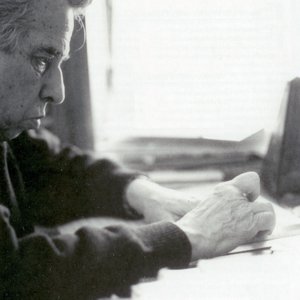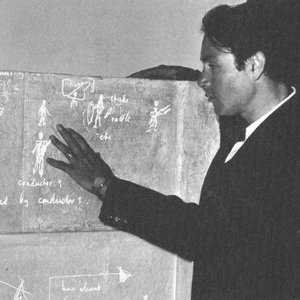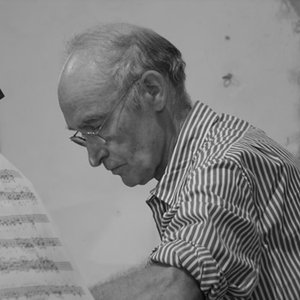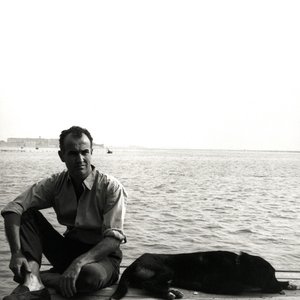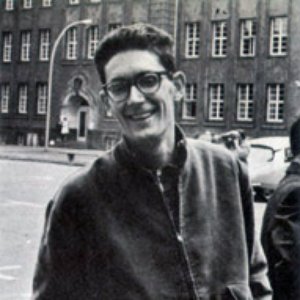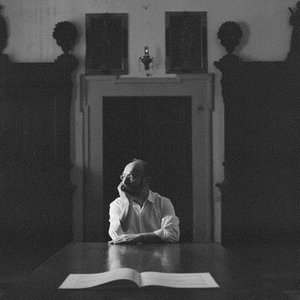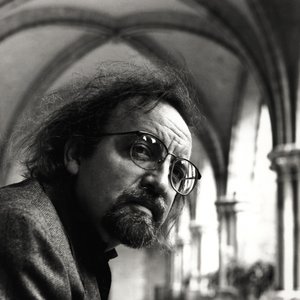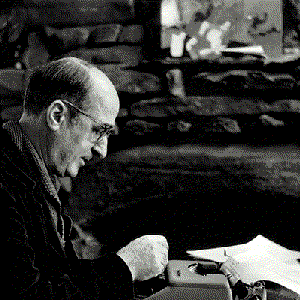Biography
-
Born
21 January 1926
-
Born In
Roma, Roma, Lazio, Italy
-
Died
28 January 1980 (aged 54)
Franco Evangelisti (born January 21, 1926 in Rome, died there January 28, 1980), was an Italian composer specifically interested in the scientific theories behind sound.
Evangelisti abandoned engineering studies in order to dedicate himself to musical composition. In 1948 he became a student of Daniel Paris in Rome and Harald Genzmer at the Musikhochschule of Freiburg, where he pursued a course in advanced composition. From 1952 to 1960 he took part in the Darmstädter Ferienkurse für Neuen Musik, where he had the opportunity of meeting Werner Meyer-Eppler of the University of Bonn, thanks to which he began to be interested in electronic music. At the invitation of Herbert Eimert, in 1956 he worked in the electronic studio of the Westdeutscher Rundfunk in Cologne.
In 1957, the orchestral conductor Hermann Scherchen invited him to work in the Studio of Experimental Electroacoustics of UNESCO in Gravesano, where he became involved with biophysics and explored the possibility of directly translating brain impulses into sonic vibrations.
In 1958, together with Karlheinz Stockhausen and Luigi Nono, he inaugurated the Experimental Studio of the Polish Radio in Warsaw, where in the following year he was invited to hold some seminars on electronic music. In 1959 he was brought by the promoters, to the International Week of New Music in Palermo. The following year, together with other musicians such as Francisco Pennisi and Aldo Clementi, he founded the Nuova Consonanza association and, later, the Gruppo di Improvvisazione Nuova Consonanza.
He moved to Berlin for two years (1966–68), hosted by the Deutscher Akademischer Austauschdienst and the Ford Foundation. On returning to Rome, he held a course in experimental electronic composition at the National Academy of Santa Cecilia. In 1972 the obtained an assignment of leading the course in electronic music at the Alfredo Casella Conservatory in Aquila. In 1974 he was appointed professor of electronic music at the Conservatory of Santa Cecilia in Rome, a post which he held until his death. In those years he gave concerts with the Gruppo di Improvvisazione Nuova Consonanza, in Italy as well as in foreign countries, and continued with conferences and seminars on the “new music”. Compositional activity became less therefore, in order to leave space mostly for research and for theoretical development. At the end of 1979, after nearly twenty years’ work, he finished his book Dal silenzio a un nuovo mondo sonoro (From Silence to a New Sonorous World). He died in Rome on 28 January 1980.
In the early 1960s he famously attacked the lesser followers of the Darmstadt School of composers, of which he was generally reckoned to be a member, accusing them of being merely dodecaphonic police.
Compositions (selective list):
-Quattro fattoriale (4!), little pieces for violin and piano (1954–55)
-Ordini, for 16 instruments (1955)
-Incontri di fasce sonore, electronic composition (1956–57)
-Random or Not Random, for orchestra (1956–62)
-Proporzioni, structures for solo flute (1958)
-Aleatorio, for string quartet (1959)
-Spazio a cinque, for voices, 5 percussionists, and electronics (1959–61)
-Campi integrati no. 2, game for 9 instruments (1959–79)
-Condensazioni, for orchestra (1960–62)
-Die Schachtel (The Box), pantomime, for mimes, projections, and chamber orchestra, on a text by Franco Nonnis (1962–63)
Artist descriptions on Last.fm are editable by everyone. Feel free to contribute!
All user-contributed text on this page is available under the Creative Commons Attribution-ShareAlike License; additional terms may apply.

